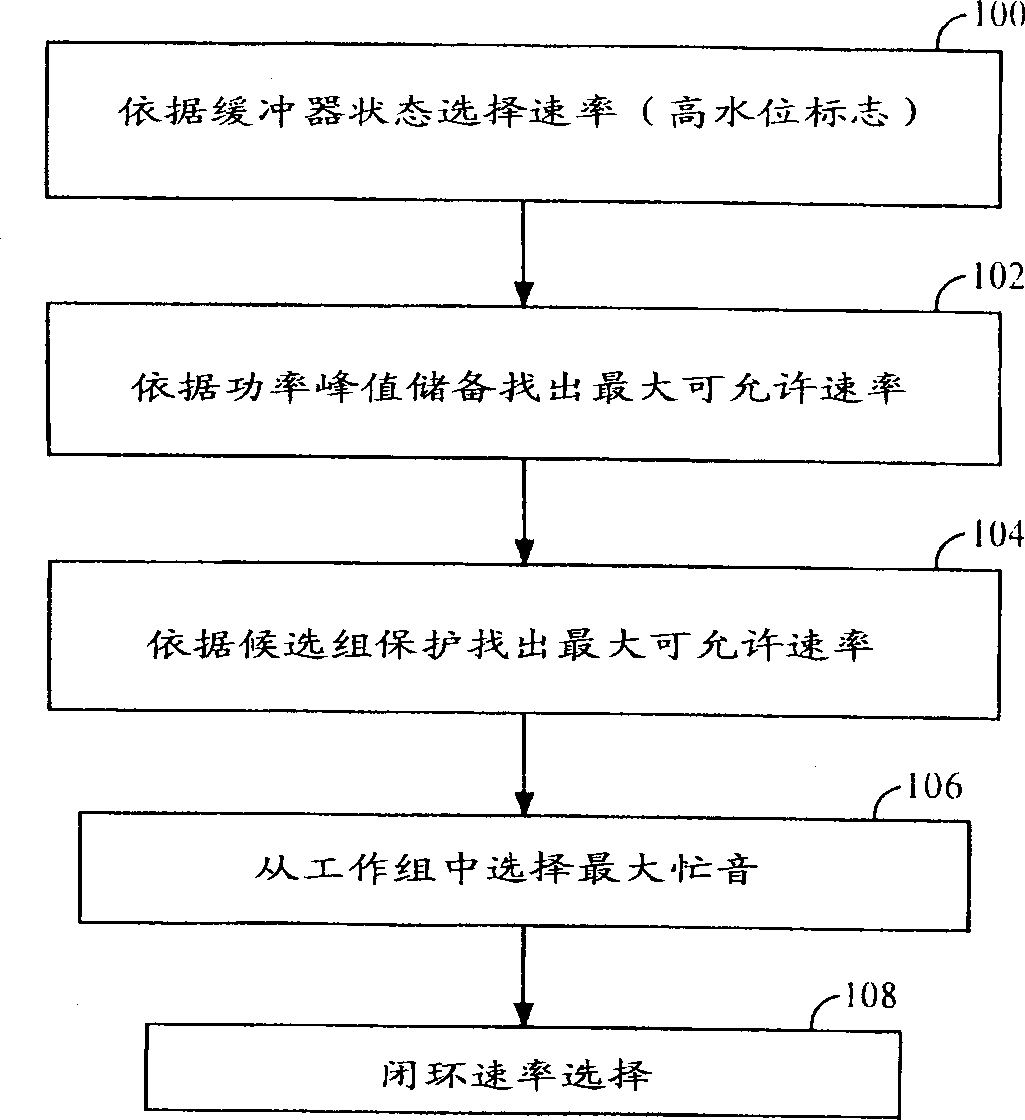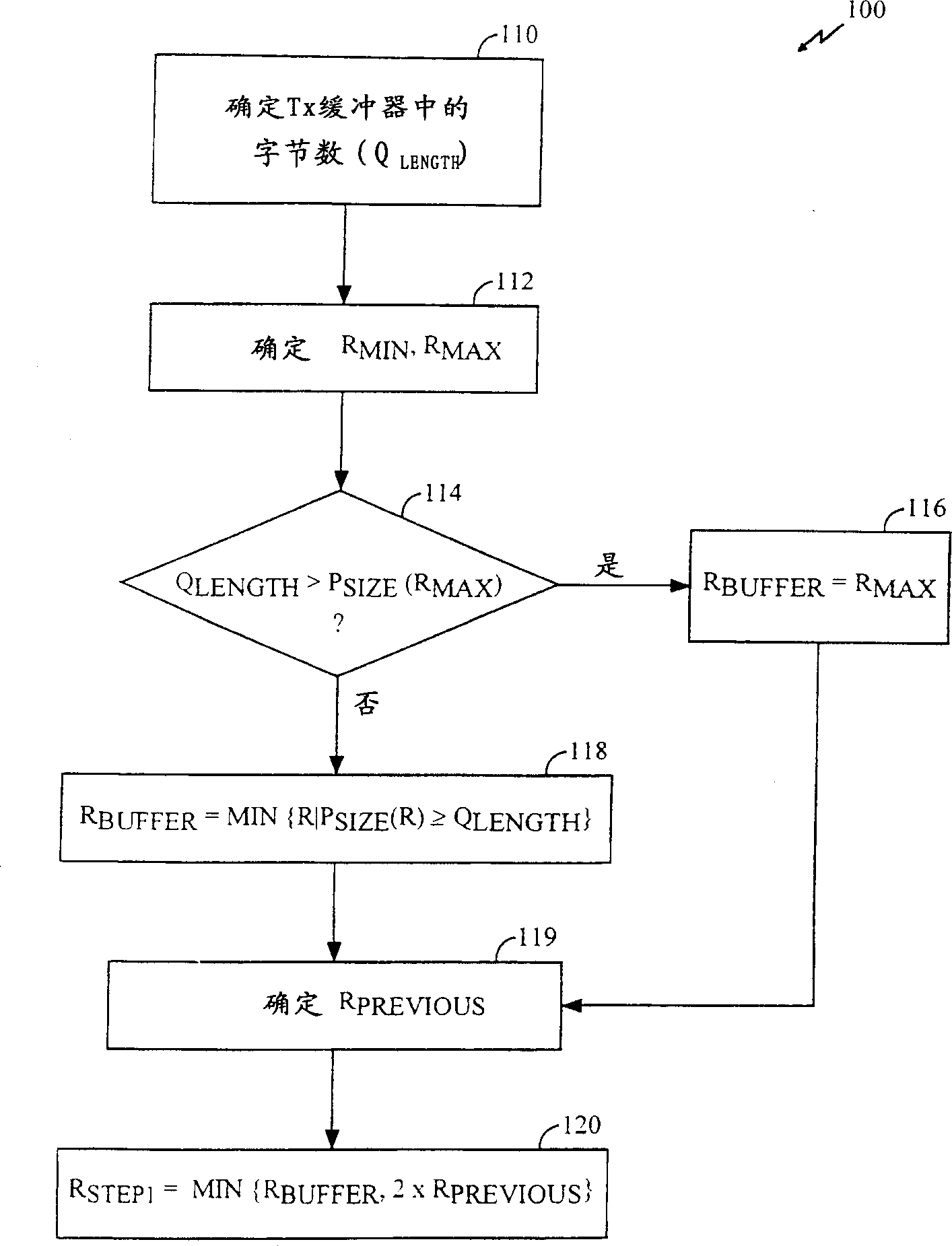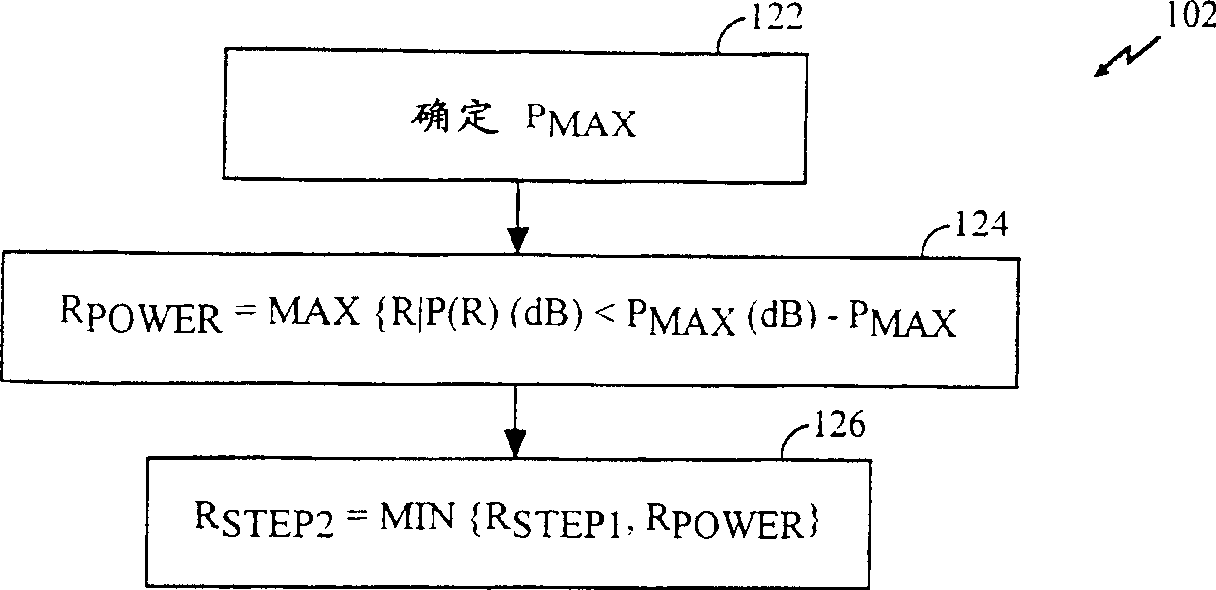Closed loop resource allocation in high speed wireless communications network
A technology of initial rate, busy tone signal, applied in wireless communication, network traffic/resource management, radio/induction link selection and arrangement, etc.
- Summary
- Abstract
- Description
- Claims
- Application Information
AI Technical Summary
Problems solved by technology
Method used
Image
Examples
Embodiment Construction
[0030] 1. Method overview
[0031] Figure 1A is a flowchart describing a preferred method of performing closed-loop resource allocation in accordance with the present invention. Those skilled in the art can understand Figure 1A The steps illustrated in do not represent a preferred sequential sequence and the order of the steps may be changed without departing from the scope of the invention. Furthermore, the steps of the present invention can be completely eliminated without departing from the scope of the present invention. In the exemplary embodiment, the invention is used to determine the data rate for reverse link transmissions from subscriber stations. In block 100, the subscriber station selects an initial desired rate (R step1 ). In the exemplary embodiment, the data rate is determined on a per packet basis.
[0032] Figure 1B is a flow chart that describes in more detail rate selection based on buffer status. In block 110, the subscriber station determines t...
PUM
 Login to View More
Login to View More Abstract
Description
Claims
Application Information
 Login to View More
Login to View More - R&D Engineer
- R&D Manager
- IP Professional
- Industry Leading Data Capabilities
- Powerful AI technology
- Patent DNA Extraction
Browse by: Latest US Patents, China's latest patents, Technical Efficacy Thesaurus, Application Domain, Technology Topic, Popular Technical Reports.
© 2024 PatSnap. All rights reserved.Legal|Privacy policy|Modern Slavery Act Transparency Statement|Sitemap|About US| Contact US: help@patsnap.com










